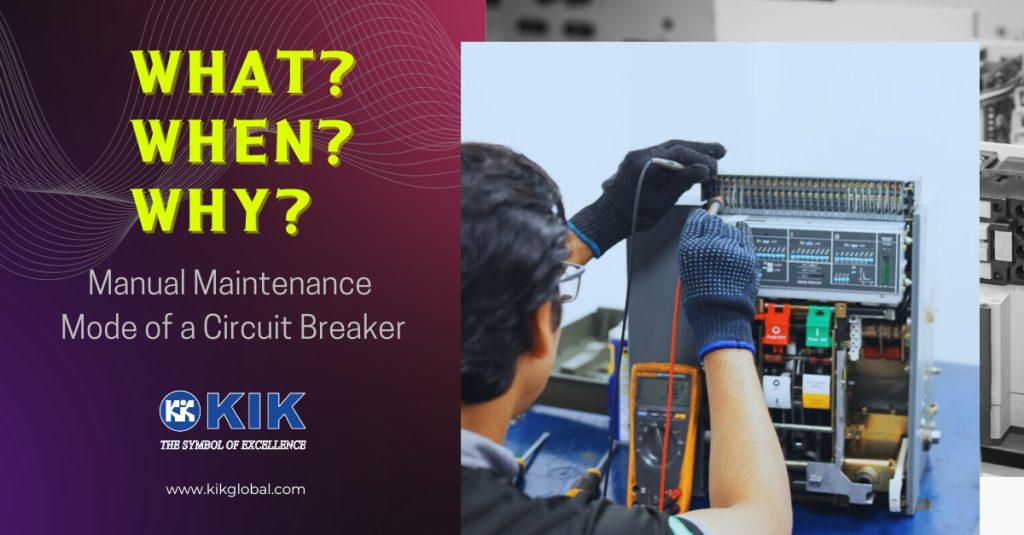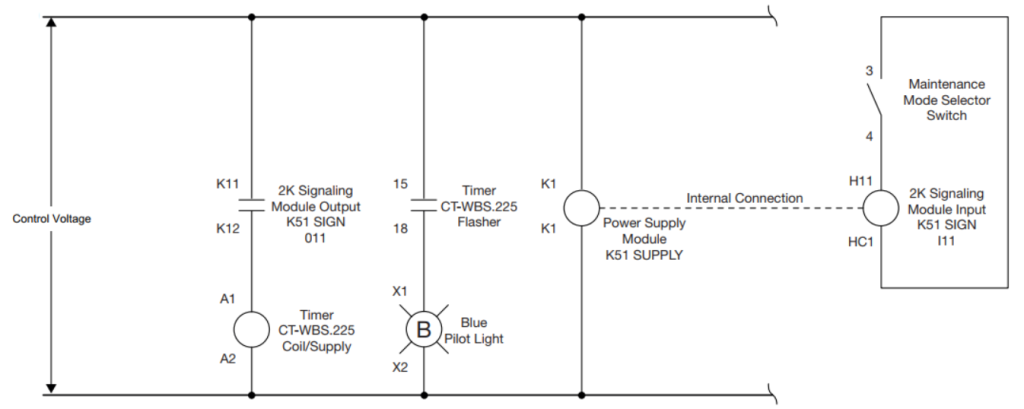
Circuit breakers are essential elements in electrical systems, engineered to provide advanced protection against circuit damage resulting from overloads or short circuits. These devices function as automatic interrupters that detect deviations in current flow and swiftly disrupt the circuit when the current exceeds a predefined threshold. By doing so, they mitigate risks associated with electrical faults, such as fires, equipment damage, or system failures, ensuring both operational integrity and safety.
Selective coordination of circuit breakers, is a critical design principle in electrical systems to ensure that during a fault, only the circuit breaker closest to the fault trips, while all other breakers remain operational. In this setup, upstream circuit breakers are intentionally delayed during fault conditions to give downstream circuit breakers sufficient time to isolate the fault effectively. This intentional delay allows fault currents to persist for a longer duration, which can considerably increase the amount of hazardous arc flash energy generated.
This creates a conflict: while selective coordination requires upstream circuit breakers to remain closed during faults to ensure system reliability, arc flash energy reduction strategies necessitate that these breakers open quickly to minimize arc flash hazards. The conflict arises because prolonged fault currents increase the potential for hazardous arc flash energy, which poses significant risks to personnel working near the equipment. While a selectively coordinated system may keep arc flash energy within safe limits for equipment protection, however these levels can still be dangerously high for individuals in the area.
To balance these two needs we can consider the manual maintenance mode of a circuit breaker. When it comes to ABB circuit breakers there are two technologies to achieve this mode. First one is called as the dual setting feature. Here this feature offers an enhanced level of protection against arc flash hazards by providing two separate parameter sets within the trip unit of the circuit breaker: Set A and Set B. This feature allows for alternative settings for long-time, short-time, 2nd short-time, instantaneous, ground fault, directional overcurrent, and/or over-temperature protection. By using these alternative settings, you can minimize delays in protective functions during maintenance activities performed downstream of the breaker, thereby reducing the risk of injury to personnel in the event of an arc flash. Both Set A and Set B are fully interchangeable and can be configured as either the default or alternate set, offering flexibility and improved safety.
Second feature is called as second I (2I) protection. When it comes to achieving selectivity among the circuit breakers, instantaneous protection setting of the circuit breaker is typically considered. This feature provides a faster response than the standard instantaneous protection setting when a low threshold is applied. The 2I protection allows the circuit breaker to open more quickly without interfering with other preset protections (LSIG) of the circuit breaker. These settings can be temporarily activated and stored in the trip unit for use during maintenance activities. Once maintenance is completed, the 2I setting can be deactivated and reverted to standard protection settings

Typical wiring diagram using ABB Ekip 2K Signaling Module
In conclusion, utilizing manual maintenance mode for a circuit breaker is essential for ensuring both safety and effectiveness during maintenance procedures. Activating manual maintenance mode on a circuit breaker and bypassing its primary settings requires careful planning and rigorous safety precautions. Beginning with thorough preparation, making precise adjustments, and performing detailed testing, maintenance teams can safely complete their work while maintaining the reliability of the electrical system. It is essential to follow the manufacturer’s guidelines and industry standards to minimize risks and ensure the circuit breaker functions correctly.
